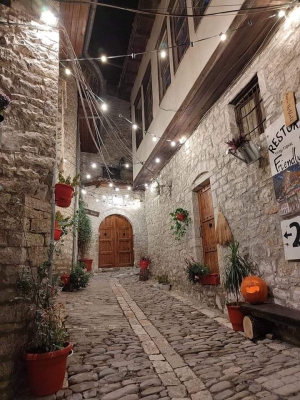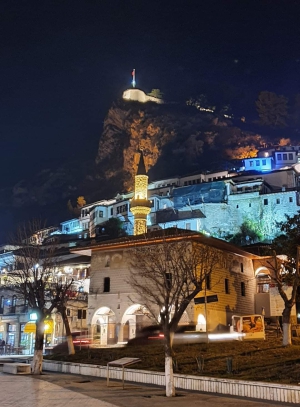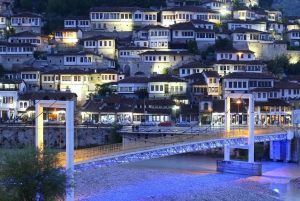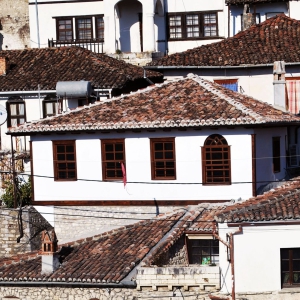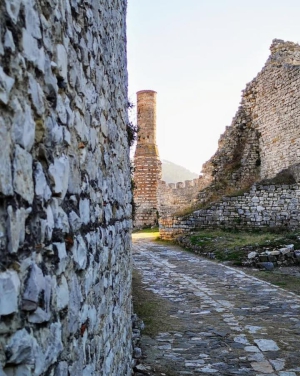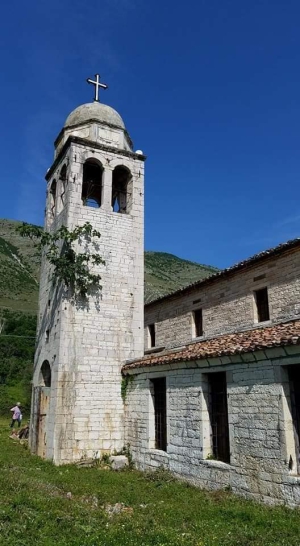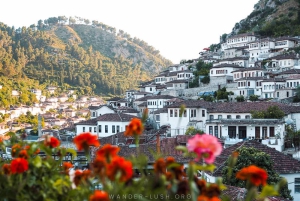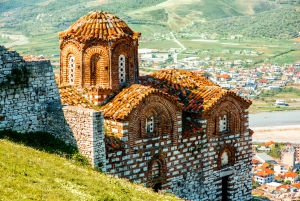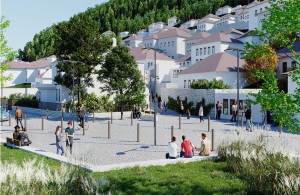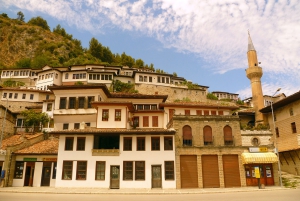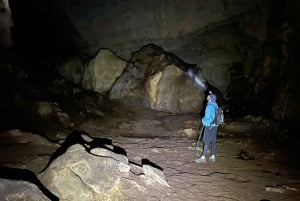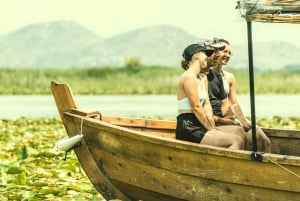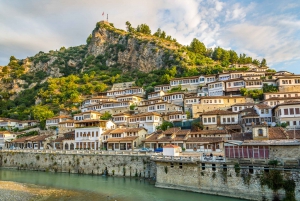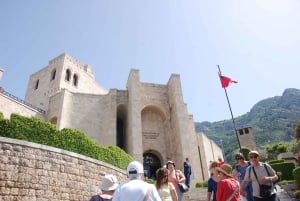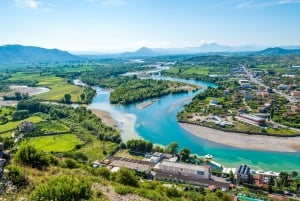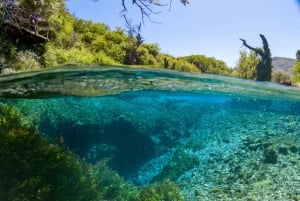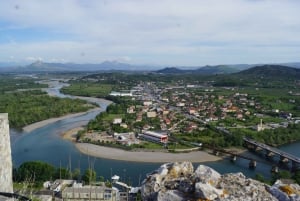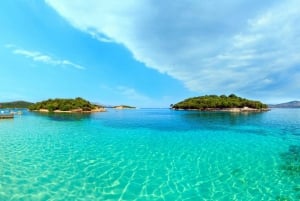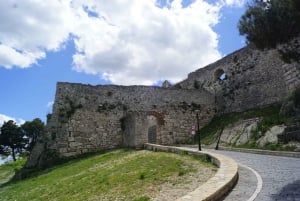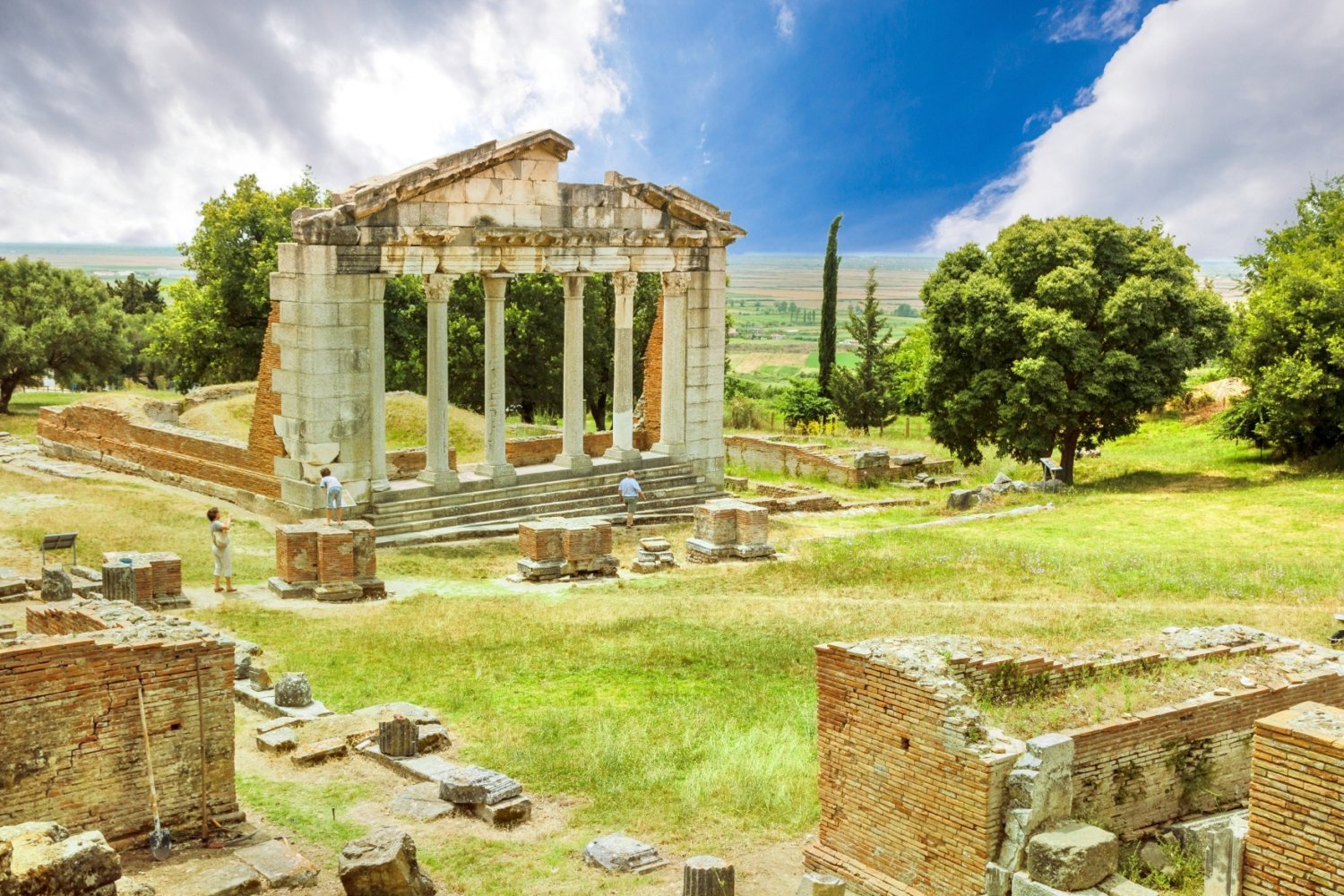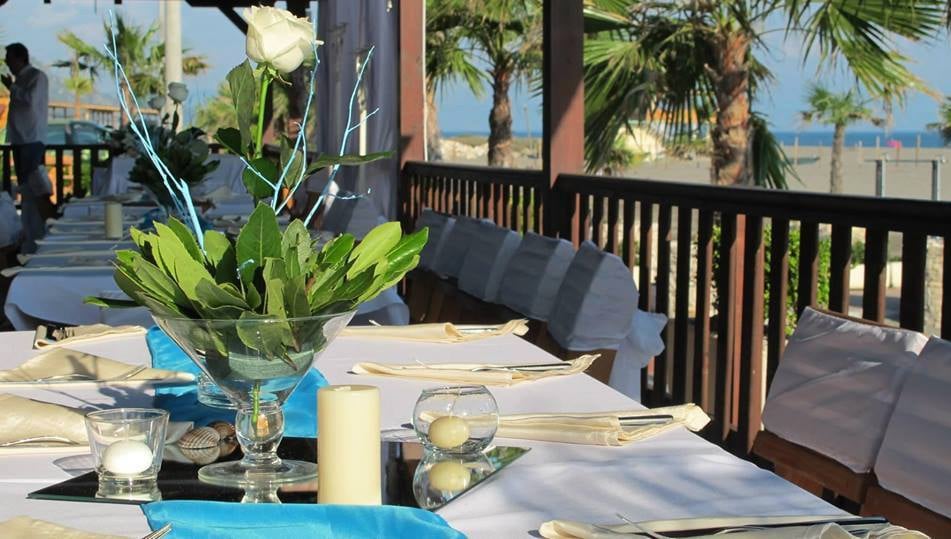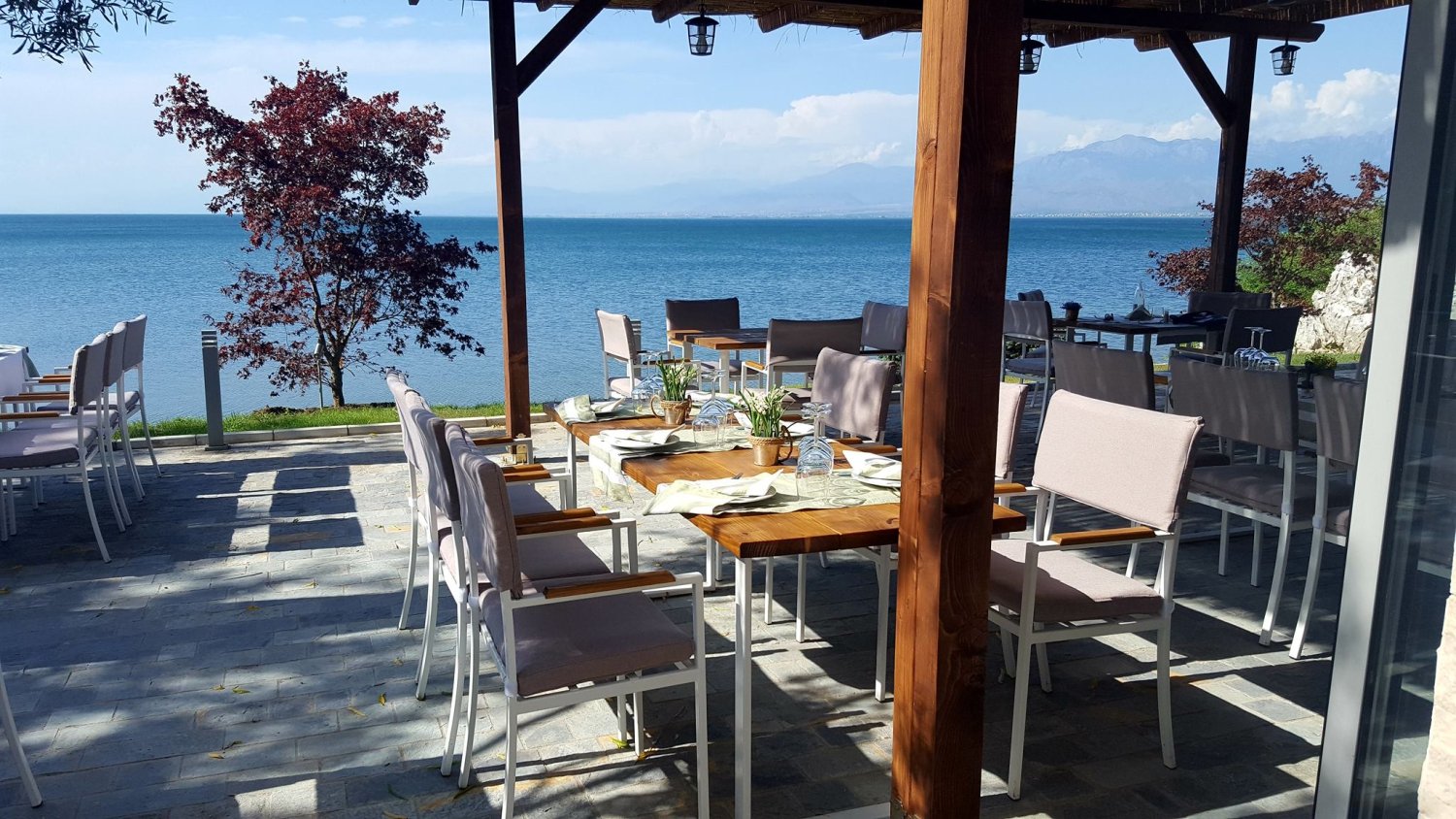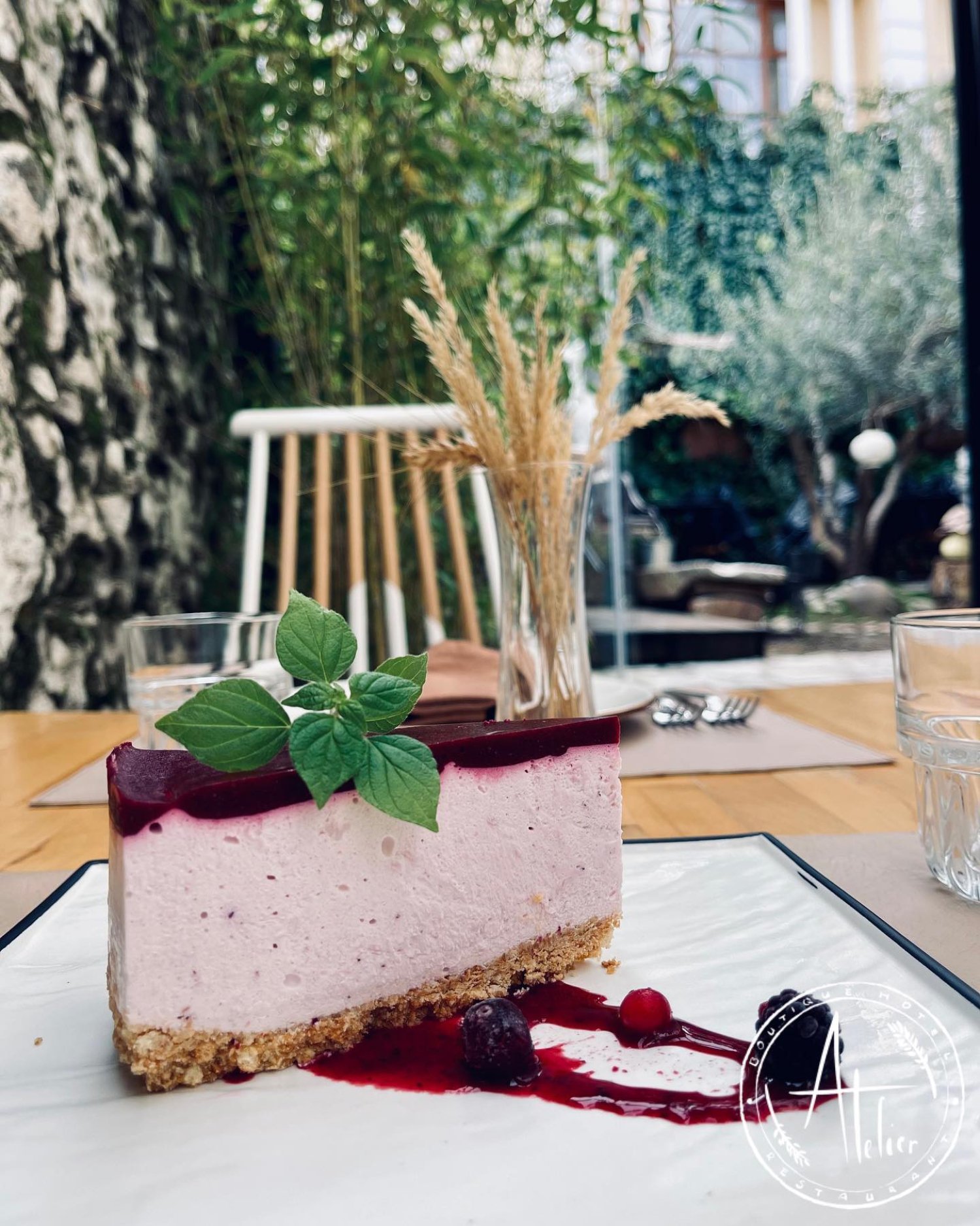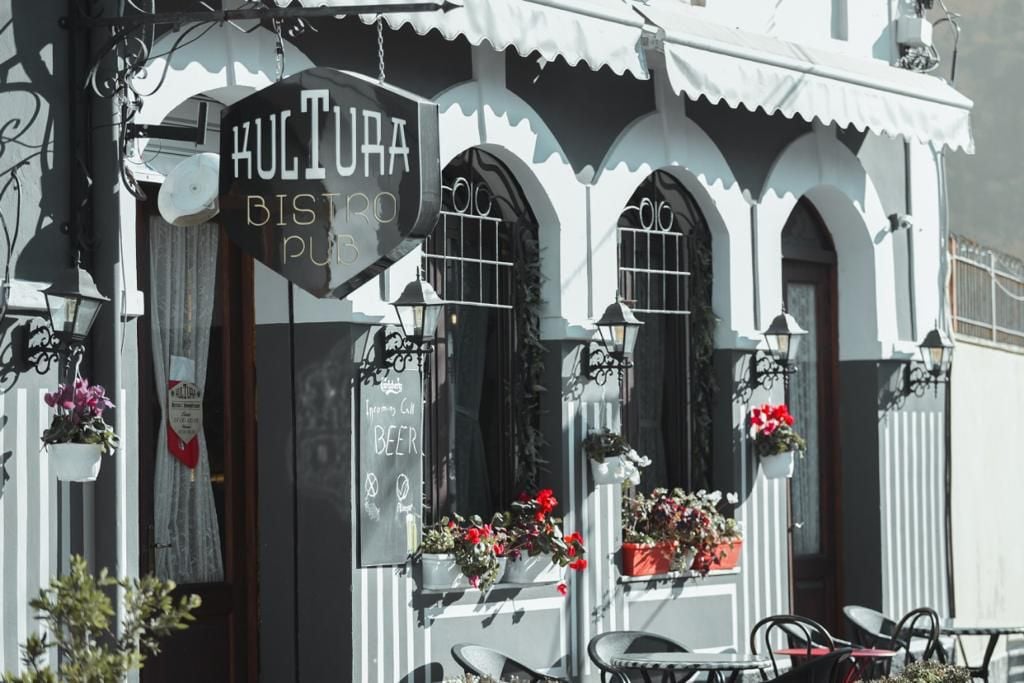Berat
What should you see during your visit in Berat.
While being in Albania, visiting Berat is a must and the best way to realize it is to start with climbing of the fort. As walking through the steep cobblestones and contemplating the architecture of the surrounding houses, you get to know the typical Ottoman architecture and medieval culture.
In 1961 Berat was declared a city-museum and in 2008 it was added to the UNESCO list.
The neighborhood in the castle is inhabited and according to some evidences it is thought that once there were 40 medieval churches functioning in that area. One of the most important evidences remaining you will meet when paying a visit to the largest church "The Dormition of Saint Mary", which houses Onufri’s museum.
Onufri Argitis or Onufri i Neokastro was an icon painter and Orthodox archpriest of Elbasan, who worked during the 16th century in what are now Southern Albania and Southwestern Macedonia. His works had post-Byzantine and Venetian influences; he also painted portraits, landscapes and churches. Onufri’s paintings are characterized by the usage of a special red color, known also as “Onufri’s red”.
The traditional neighborhood population living in the castle was of Orthodox religion, but unfortunately very few churches have been able to stand the test of time. The largest church is the "St Mary Dormition"; it dates from 1797 and was built on the existing foundations of a 10th century church.
During the descent from the castle, on the road there is the Ethnographic Museum, located in a characteristic Ottoman-style house built in the 18th century. On the first floor, as in the exhibition, traditional clothing, tools used by goldsmiths and potters are placed. On the upper floor are the bedrooms, kitchen and guest room, arranged in a traditional style. Then it is the “gazebo” occupying the central place of the house in the second floor. During the warm seasons it takes on clear residential functions. Being open and with a large area, it fulfills a part of the activity of domestic life. This can be seen in its corners raised higher and limited by windows, it is a residential environment. The “corner” is an important element of the gazebo. It is equipped with traditional “mindere” (sofa), “velenxa” (blankets) and carpets.
Mangalemi
Mangalem neighborhood complex is unique in the art of constructions. It has the shape of a pyramid that imitates the silhouette of a hill, on the top of which the castle is built. Mangalem is one of the most photographed spots, paintings, wood and stone carvings; is the emblem of Berat. The white houses seem to overlap each other and that’s the reason why Berat is otherwise called "the city of one on top of the other windows". The neighborhood began to be built in the 11th-12th centuries and has the shape of a semi-arch in the southern and eastern parts of the castle hill.
Gorica
The Osumi River separates the Gorica neighborhood from the Mangalem neighborhood. Both stand opposite each other and are simultaneously different and similar. The Gorica Bridge, built in 1780, connects it with the rest of the city. Interesting are the intimate alleys, with their darkness that seems to suffocate the buildings of the neighborhood.
Tekke of Helvetives
This Bektashi religious building is located in the Medieval Center and is one of the most beautiful monuments of the Bektashi cult in Albania. The stonework, the decorated ceiling and the wall paintings are some of the most important values that this temple carries, a destination which is inevitable when visiting Berat.
Cooking
In the restaurants below the castle there are delicious characteristic dishes inherited over the years. These are: chickpea pie, chicken pie, cheese and egg casserole pie, cheesecake, Berat “jahnia”, olive salad, etc. Among the drinks we can mention the traditional “raki and boza”.




